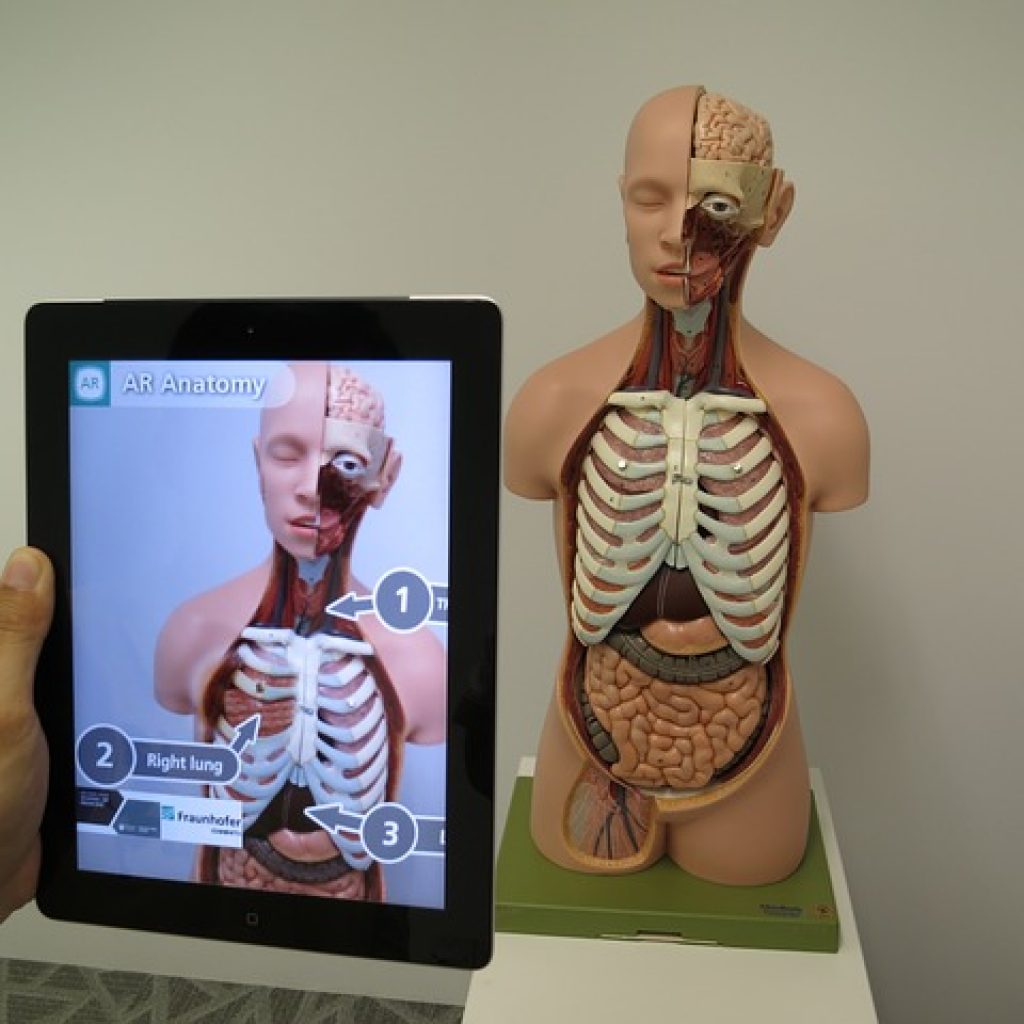
Scientists have developed an Augmented Reality System that could be a useful guide to the planning, implementation and assessment of the results of facial reconstruction and other procedures.
The system allows researchers to create three-dimensional (3D) simulations of the desired results from facial reconstruction procedures and project them over the patient’s face during surgery.
Researchers at the Osaka Medical College in Japan reported on the development and initial experiences with the Augmented Reality (AR) system to evaluate improvements in the body surface, an important consideration in plastic surgery. If you are looking for some plastic surgery because you would like to rejuvenate yourself then you can visit sites such as https://ramplasticsurgery.com or you can choose another site of your choosing.
Initial experience in eight cases suggests that the expanded reality could be a useful guide to the planning, implementation and assessment of the results of facial reconstruction and other procedures, they said. Perhaps this new system will carry over onto procedures such as this Orange County tummy tuck surgery.
Augmented Reality is a technology that combines computer-generated images on a screen with a real object or scene.
“We wanted to develop a sophisticated but simple and modifiable AR technique for use during plastic and reconstructive surgery,” said Koichi Ueda and Daisuke Mitsuno from Osaka Medical College.
The researchers used a high-resolution digital camera to scan the 3D image of the facial surface and computed tomography to obtain digital information about the underlying facial bones for each patient.
These digital data were then manipulated to produce 3D simulations of the ideal final results.
For example, in a patient with a broken cheekbones, the reconstruction was simulated by obtaining and inverting an image of the opposite, injured bone.
Using a pair of standard intelligent glasses, the surgeon was able to superimpose the 3D digital image of the desired appearance over the patient’s face during surgery.
ALSO READ

Paytm And PhonePay Asks PM Modi To Make NPCI Neutral Towards Bhim

Jio Website Crashes After Start Of JioPhone Pre-Booking
The group used free, open-source software products to solve various technical problems, including manipulating and visualizing the 3D simulations and lining them with the surgical field.
In the study, which was published in the journal Plastic and Reconstructive Surgery – Global Open, the team described their preliminary experiences with the AR system in eight patients undergoing reconstructive facial surgery.
The AR system helped to plan and confirm the reconstruction of the underlying facial bones, for example, in a patient with a congenital bone development disorder and another patient with a complex facial fracture.
In all cases, the 3D simulation of the body surface was a visual reference of the final facial appearance, according to the researchers.
“Our findings are useful not only for the body surface evaluation, but also for an effective evaluation of AR technology in the field of plastic surgery,” said Ueda.
Results received in procedures like rhinoplasty can be achieved through non-surgical means. This means things like a bump on nose can be corrected without surgery but with dermal fillers.
Like this press release? Submit yours here.
